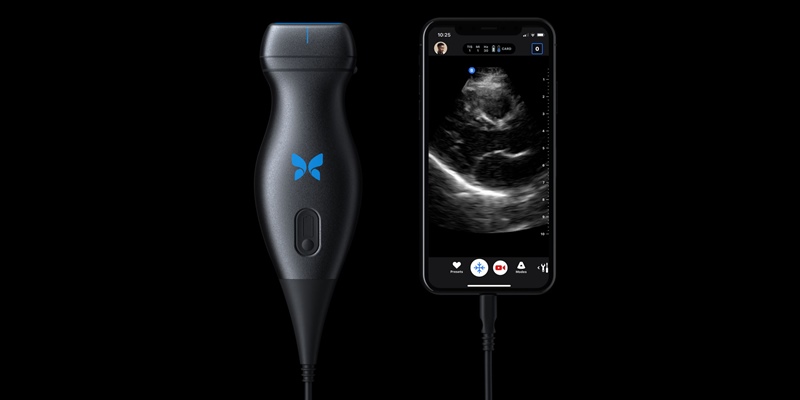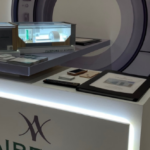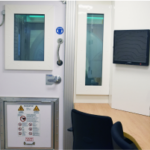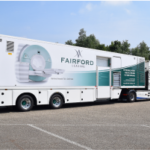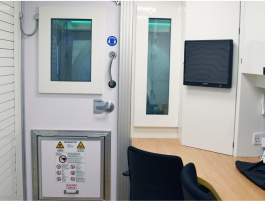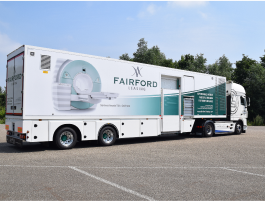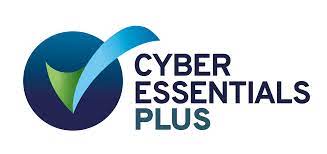Thanks to giant leaps in technology and an on-going drive to address the challenges associated with a growing population, the field of radiology has undergone significant transformation in the last decade.
Digitisation has swept through healthcare practices across the globe; innovations in medical imaging have come thick and fast thanks to the wealth of MedTech start-ups seeking to capitalise on opportunity and the building blocks of imaging modalities have evolved into bits and bytes to make radiology more practical, powerful and accessible. As we reflect on the advancements that have super-charged the medical imaging capabilities of radiologists worldwide, it’s clear to see a paradigm shift has taken place.
Understandably, patients in the modern medical landscape want to actively take part in making informed decisions along their healthcare journey – a sentiment that was confirmed in a recent study by AmbraHealth in which patients expressed significant interest in increased accessibility of medical imaging. Their findings revealed that 73% of patients would like all their medical data to be accessible via a standard website or mobile device.
Perhaps unsurprisingly, providers and innovators alike have taken steps to improve accessibility in medical imaging. Take Butterfly iQ, for example. When William Conrad Roentgen invented the X-Ray in 1895, he could never have imagined that a mere 120 years later, patients would have access to a small ultrasound device that could plug into their mobile phone and displays clear black-and-white medical images.
Known as ButterflyiQ, the high-performance, portable piece of imaging kit replaces the traditional transducer and system with a single silicon chip to increase versatility and drastically lower the cost. What’s more, the portable ultrasound is designed to last an entire shift or over 2 continuous hours of scanning, and a built-in battery and wireless charging ensures convenience for users.
But this innovation is just one of many in the push to make imaging more accessible. Last year, AmbraHealth launched its first iOS app designed with ease of viewing in mind. According to the company, users of the app can “effortlessly view imaging from anywhere, scroll through a series, and utilize radiology tooling like zooming, pinching, and rotating all from the palm of their hand.”
While it may not be used in diagnostic radiology, medical images can be quickly and securely shared directly through the app to other physicians to create a unified system of collaboration through healthcare practices.
Meanwhile, the number of healthcare practices adopting mobile solutions for their medical imaging requirements is on the rise. While the benefits of fixed devices are widely known, mobile imaging machines allow practices to deliver healthcare to patients regardless of their location – patients that may otherwise have been deprived of such technology. Through our solutions, we’ve enhanced accessibility in medical imaging by enabling practices to adopt a rotating schedule with their portable machines. Now, a growing number of providers are using this option as a means to efficiently schedule scans in advance for patients in various locations.
What’s more, for many providers, a fixed, in-house fleet of medical imaging technology requires funds that simply don’t exist. By offering affordable mobile and relocatable CT and MRI rental solutions, we’ve been helping healthcare practices to deliver high-quality care without the upfront capital investment.
Considering the critical role that medical imaging plays in the modern healthcare landscape, improving accessibility should be a priority for both innovators and providers alike. Whether it’s a digital solution that draws from IoT technology or a mobile rental scanner, ensuring patients have access to the procedures they need is paramount in improving outcomes and enhancing the quality of care.
Image credit to Butterfly IQ Ultrasound.

